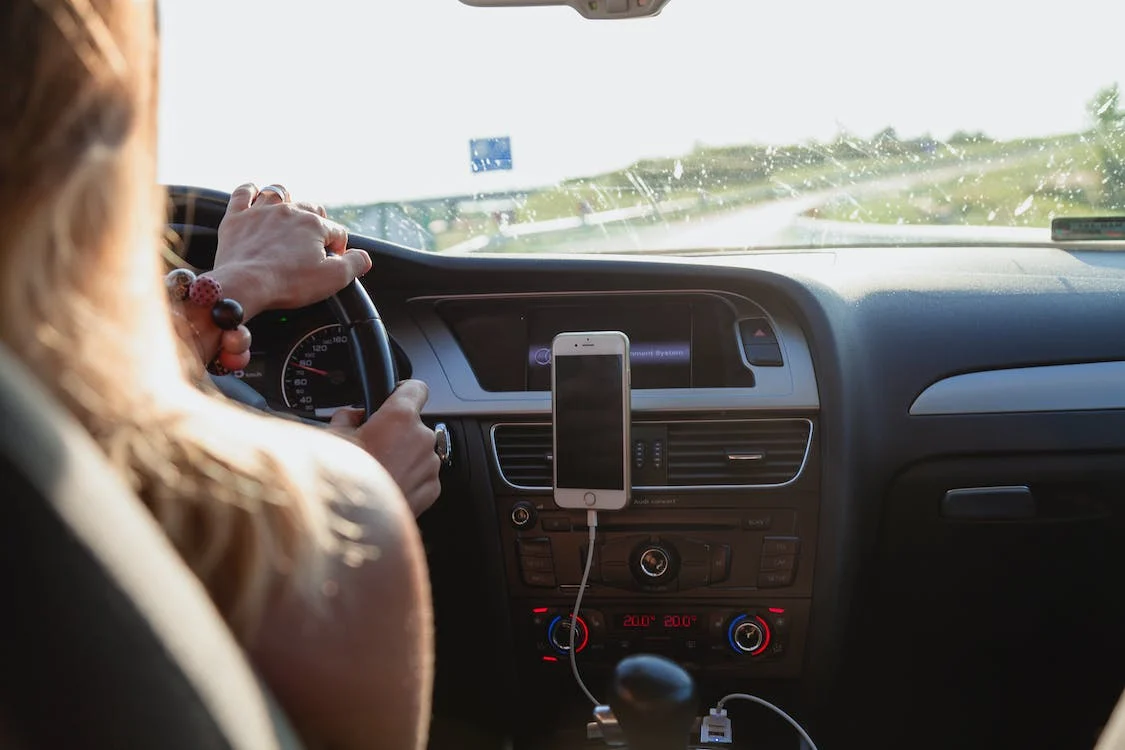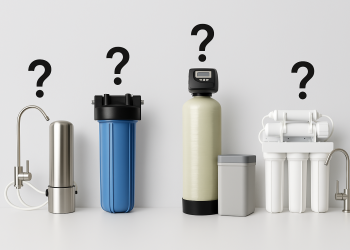Table of Contents
It’s no secret that college is expensive. Tuition, room, and board, textbooks… the list go on and on. And if your child is planning on bringing a car to school with them, there’s one more expense you’ll need to factor in: insurance. Whether your student is driving their own car or yours, they’re going to need the best car insurance for students. But there are ways to save. Let’s take a look at a few.
Options for Lower Insurance Prices
It never hurts to ask or negotiate for lower prices to help your budget; unfortunately, it’s usually not the front desk staff that makes the decisions for insurance premiums and overall costs.
Student Discounts
The first thing you’ll want to do is see if your student qualifies for any discounts. Many insurers offer discounts for good students, so be sure to ask about that. You may also be able to get a discount if your child attends a school that is a certain distance from home, as they will likely be driving less. There are also discounts available for students who take Driver’s Education courses and for those who agree to abstain from driving during peak hours (generally late at night).
Coverage Options
In addition to looking for discounts, be sure to ask about the coverage options available. Many insurers offer lower rates for students who agree to have limited coverage. This can include choosing to opt for liability-only insurance.
What’s the Difference
Liability
If your child is driving a car that you own, you will need to have liability insurance at the very minimum. This coverage pays for damages and injuries that your child may cause to others while driving. It’s important to have enough liability coverage to protect yourself from potential lawsuits.
If your child is driving their own car, be sure to check with the insurance company about what type of coverage is required in your state. In most cases, liability coverage is mandatory. Again, be sure to have enough coverage to protect yourself from potential legal action.
It’s also important to note that if your child is involved in an accident while driving a car that you own, your personal liability insurance will likely cover damages and injuries. However, if they are driving their own car and get into an accident, their personal insurance policy will likely be the only thing that pays for damages and injuries.
Comprehensive and Collision
Comprehensive and collision are optional types of car insurance that provide coverage for damages to your vehicle that are not the result of a collision. This can include things like vandalism, theft, or damage from a natural disaster.
Collision coverage pays for damages to your car when it hits another object, while comprehensive coverage pays for damages to your car that are not the result of a collision.
Both comprehensive and collision coverage are usually optional, but they can be important if your child is driving a car that you own. Be sure to check with your insurance company about the cost and availability of these policies.
If your child does not have a car of their own, you may want to consider removing them from your policy and having them get their own insurance. This could be cheaper than keeping them on your policy, depending on your insurer and your coverage. However, it’s important to note that if they do get their own policy, they will likely only be covered for liability, not collision or comprehensive coverage.
Add Ons
Roadside assistance is a service that provides help if your child gets stranded on the side of the road. This can include things like towing and help with a flat tire. You can help your student manage most situations without this service by providing the tools and training to use an emergency roadside kit.
Uninsured/underinsured motorist coverage is a type of insurance that pays for damages if your child is in an accident with someone who does not have enough insurance to cover the costs. This can be important if your child is in an accident with a driver who does not have insurance.
Both of these add-ons are optional, but they can be helpful if your child is driving a car that you own. Be sure to ask your insurance company about the cost and availability of these policies.
Raise Your Deductible Rate – Lower Your Monthly Premium
There are a few things to consider before raising your deductible. First, you will need to have the financial resources available to cover the increased deductible in the event that you need to make a claim.
It’s also important to consider your overall insurance needs. If you live in an area with a high crime rate, for example, you may want to keep a lower deductible in case your home is burglarized. Be sure to weigh all of your options before making a decision.
Savings is in the Bag
There are a few things college students and their parents should keep in mind when it comes to car insurance. For one, insurance companies often offer discounts to drivers who maintain good grades. So, be sure to ask about those when you’re shopping around for a policy.
If your child doesn’t have their own car while they’re away at school, you may also be able to remove them from your policy altogether. And finally, raising your deductible can help lower your premium costs. Of course, this means you’ll have to pay more out of pocket if there’s an accident, but it can still be worth it in the long run. With careful planning, you can help keep your child safe on the road without breaking the bank.








